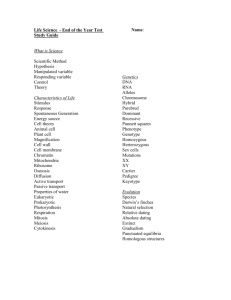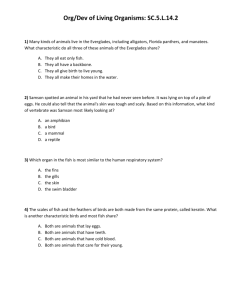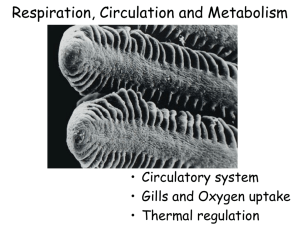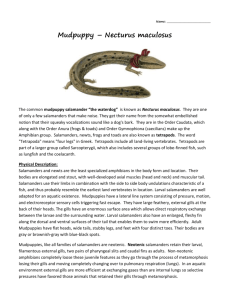Vertebrates evolutionary trends KEY
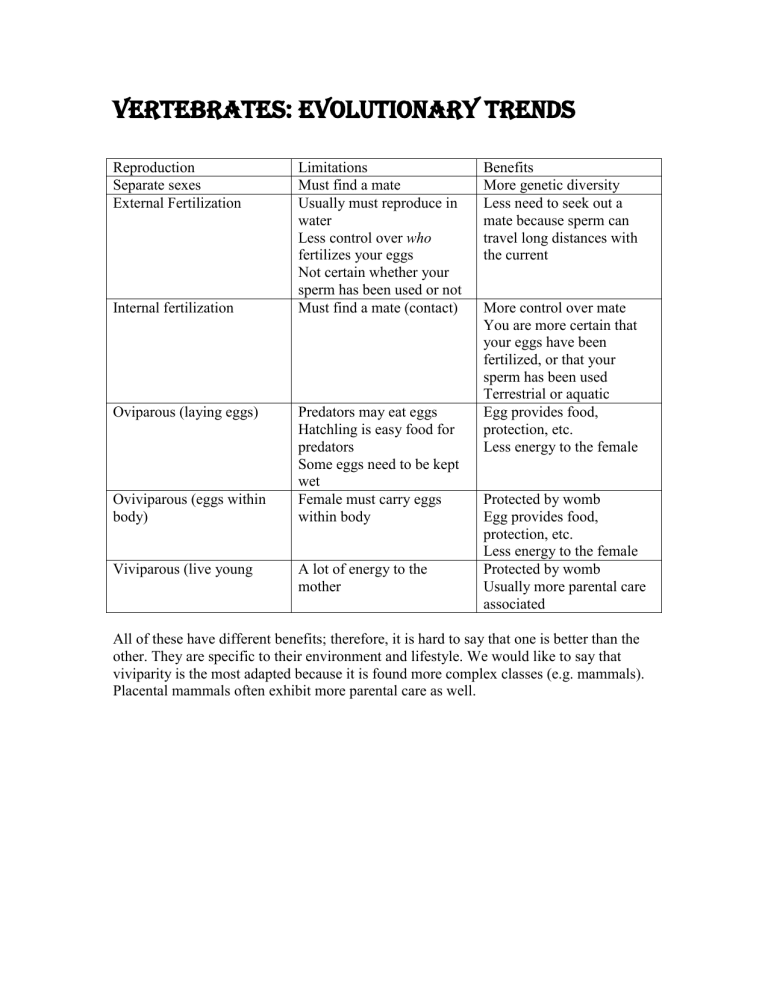
Vertebrates: Evolutionary trends
Reproduction
Separate sexes
External Fertilization
Internal fertilization
Oviparous (laying eggs)
Limitations
Must find a mate
Usually must reproduce in water
Less control over who fertilizes your eggs
Not certain whether your sperm has been used or not
Benefits
More genetic diversity
Less need to seek out a mate because sperm can travel long distances with the current
Must find a mate (contact) More control over mate
You are more certain that your eggs have been fertilized, or that your sperm has been used
Terrestrial or aquatic
Predators may eat eggs
Hatchling is easy food for predators
Some eggs need to be kept wet
Egg provides food, protection, etc.
Less energy to the female
Oviviparous (eggs within body)
Viviparous (live young
Female must carry eggs within body
A lot of energy to the mother
Protected by womb
Egg provides food, protection, etc.
Less energy to the female
Protected by womb
Usually more parental care associated
All of these have different benefits; therefore, it is hard to say that one is better than the other. They are specific to their environment and lifestyle. We would like to say that viviparity is the most adapted because it is found more complex classes (e.g. mammals).
Placental mammals often exhibit more parental care as well.
Nervous System
Simple
Limitations
Usually contains limited sensory equipment; therefore, difficult to find food and avoid predation
Benefits
Complex Usually contains more complex sensory equipment
(e.g. larger brain, spinal cord, eyes, ears, etc.). This allows the organism to respond to its environment more effectively, especially when searching for food and avoiding predators
Lateral Line System Water This allows many fishes to sense movements in water.
This can aid in schooling behavior, feeding, and avoiding predators.
Complex nervous systems with more sensory equipment (e.g. larger brain, spinal cord, eyes, ears, etc.) allow organisms to respond to their environment more effectively, especially when searching for food and avoiding predators.
Respiration Limitations Benefits
Gills Must be in water, otherwise clumping will occur
(resulting in suffocation)
Water contains lower levels of Oxygen than air
Water must constantly
Allows an aquatic lifestyle without having to resurface
Large surface area for gas exchange
Skin
Lungs move over them
Needs to stay moist
Limits where you can live
Diffuse toxins easily
Don’t work underwater
Must come up for air when swimming
Large surface area for gas exchange
Large surface area for gas exchange
High concentration of oxygen in air
Looking at evolutionary trends we would like to say that lungs are more advanced than gills because, 1) mammals only have gills in their embryonic phase; therefore, they have been lost over time, 2) Life has been evolving to live on land, 3) There is more oxygen in air, 4) They aid in endothermy due to the high concentration of oxygen able to be diffused. Some may argue that gills and lungs are equally advantages depending on their environment.
Digestion
Long-intestine
Limitations Benefits
More surface area
Allows for digestion of plant material
Short-intestine
Can’t digest plant matter
Quicker digestion
Digestion is very diet-dependent. Some may argue that a short-intestine is beneficial because it is quicker. Others may argue that a long-intestine is beneficial because it can digest plant matter which contains higher levels of energy and often easier to find. Birds have a unique digestive system because they must consume enough energy in order to allow flight and endothermy. They must also digest quickly so that they can minimize weight for flight.
Circulation
2-Chambered Heart
3-chambered heart
Limitations
Blood mixes (activity limited), low blood pressure due to gills, does not provide enough energy for endothermy
Mixing of blood, not efficient oxygen transportation (limited activity), not enough energy for endothermy
Benefits
Double circuit allows for higher blood pressure, presence of a septum in some (less mixing)
4-chambered heart Fully divided (no mixing of deoxygenated and oxygenated blood), efficient transportation of oxygen, allows more activity and endothermy
The 4 –chambered heart is the most advanced because it does not allow mixing of oxygenated and deoxygenated blood. This separation allows for more efficient transportation of oxygen to the tissues. The higher oxygen levels allow the organism to produce more ATP (energy), and exhibit a more active lifestyle. It also allows the organism to use some of this energy in maintaining its internal temperature (endothermy).
